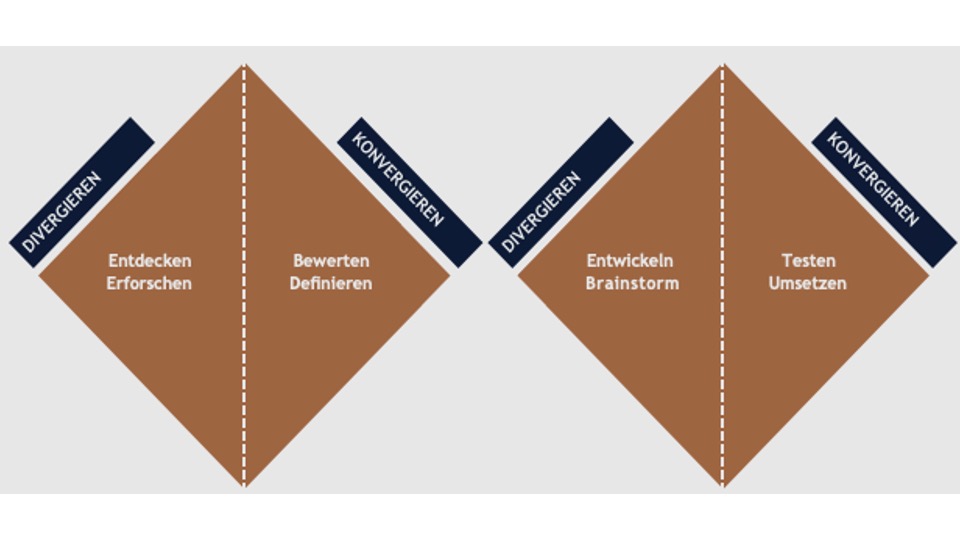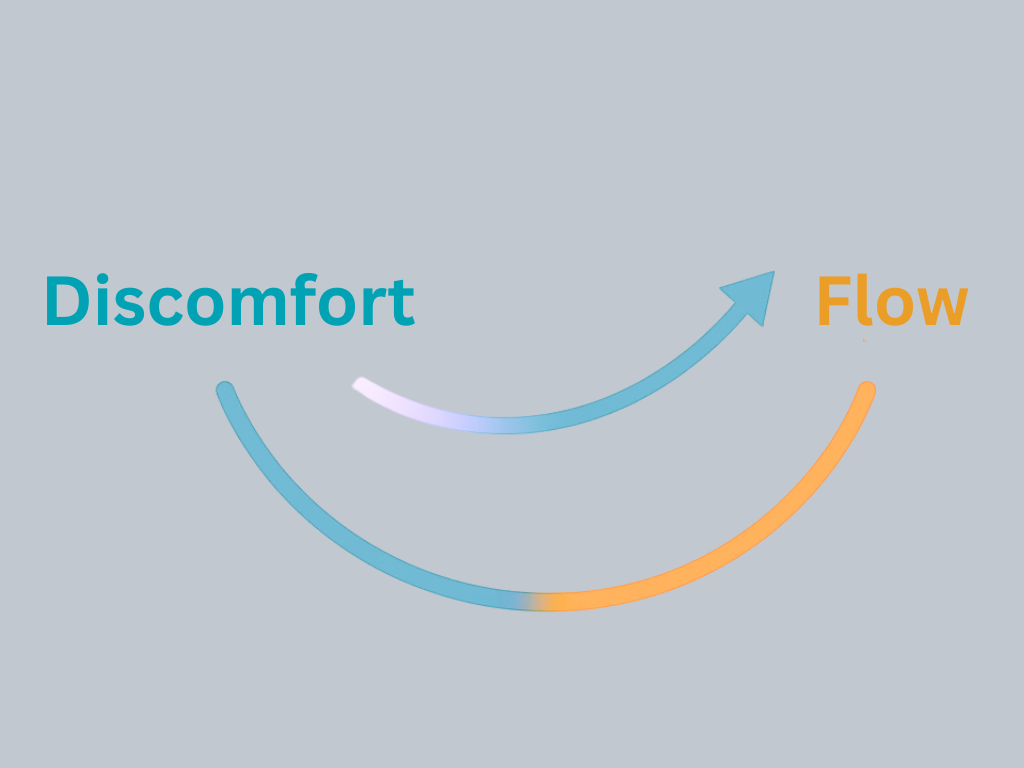We would like to have new approaches to challenges for which we have no answer yet, whether it is to solve a customer need in a new way or to make processes faster and more efficient with digital technologies.
We want to leverage the potential for innovation with the latest clever tools and methods. For example, design thinking and human-centred design. We develop personas, survey users, use crowdsourcing and improve failed test attempts. We spend hours on case studies from other industries that have been changed by disruption and try to identify the factors that are important to us.
But when you boil it all down, the most successful innovations in retrospect have been the simple and obvious ones.
Take Instagram, for example. Millions of people were taking photos with their smartphones, but it was difficult to share them. In retrospect, it seems so obvious. Why do we find it so difficult to clearly identify the problem and the potential solution?
The answer is not necessarily the latest innovation or creativity tool, but much more down-to-earth. The answer lies in the so-called beginner’s mind
You probably know the situation. You give your smartphone to a child (full of trust) and intuitively the child learns how to use the smartphone. You sit next to them and sweat because the smartphone keeps crashing and you are very worried that something might be accidentally deleted or go completely wrong. You would handle the smartphone much more carefully and with more experience. Nevertheless, children learn to use a smartphone faster than we could ever have imagined.
With this beginner’s mind, we quickly come up with solutions, because beginner’s mind is not controlled by knowledge (that’s in the nature of things, because as a beginner I have no idea), but by intuition.
Beginner’s mind allows us to look at challenges with a fresh eye. However, our expertise and all our experience stand in the way, with which we very quickly judge and often come to the conclusion that something is not possible. With beginner’s mind, on the other hand, we are full of possibilities.
Imagine you are the marketing director of your company and an employee presents a new product idea with a lot of enthusiasm. Try out how it feels to look at your employee’s idea with a beginner’s mind instead of an experienced marketing director’s eye.
This applies not only to marketing, but to all areas of life where we all too often use our knowledge and experience to shoot down ideas.
What if we approached challenges with curiosity and a beginner’s mind?
3 things you can try today to practice a beginner’s mind
Practice mindfulness
Mindfulness can be practised through meditation (5 minutes a day is enough to start with), and there are some great apps for this, e.g. https://7mind.de. The practical benefit of mindfulness is to notice and accept what is going on in our minds, how our thoughts circle and how we judge ourselves and others. Our breathing helps us to return to the ‘here and now.’ This makes us calmer, more relaxed and more serene.
Pay attention to your reactions
We want to remain open to new ideas, but our mind limits us through its constant evaluation. We have assumptions and attitudes about topics that we hardly ever question. How often do we have an opinion and immediately express it? In the context of innovation, this naturally limits us. Try it out. In a meeting, in a conversation with colleagues or in a creative session, listen with a completely new, fresh perspective and attitude. And if you notice that your mind is about to evaluate what the other person is saying, stop and don’t comment immediately. I don’t always succeed at this, but I do more and more often. Meditation and small mindfulness exercises are helpful here.
Practice absolute openness
Now that you are more aware of your spontaneous evaluations, try to put these evaluations aside and replace them with an eye for the possibilities. Less scepticism, more openness.
Experiment with the three suggestions mentioned to try out your beginner’s mind. I am convinced that you will approach new ideas differently if you do not immediately follow the constant assumptions and evaluations in your mind in the future.
This creates new space for ideas. Your employees and customers will notice it!
This article was inspired by a blog post by Ryan Heinl




